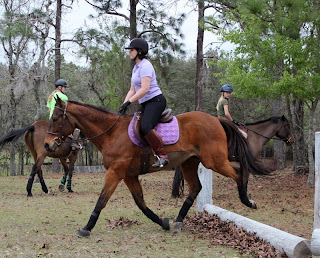That’s right—thank goodness it’s Monday! I’ve written before
about how Monday is one of my favorite days of the week. It remains so, I think
partly because it has so much variety. I pack a lot of simple pleasures into
Mondays, and sometimes some everyday adventures. For example, today I:
Drank coffee from my favorite mug and ate a homemade coconut
ginger scone while reading A Field Guide to Now.
Walked our nature trail with a friend.
Went to see Tank. He was feeling very full of himself and we
had some fun playing horse games on the ground. And his lips are almost
completely healed up!
Took a delightful and much-needed warm shower after sweating
(and sweating) in the 90-degree heat—it’s fall, darn it—won’t someone please turn off the heat?
Folded some laundry and changed the sheets on our bed. My
husband and I both love fresh sheets! Going to sleep tonight will be extra
nice.
Looked for freelance writing jobs online and asked for more
information about a posting for a horse health blogger!
Fertilized my orchids.
Still to come:
Reading for pleasure. I have several books started, and I’ll
be picking up either No Name or Fragile—or both—later today.
Watching my Tampa Bay Rays play the Texas Rangers for the
second American League wild card spot.
What simple pleasures and everyday adventures did you enjoy
today?
















.jpg)


